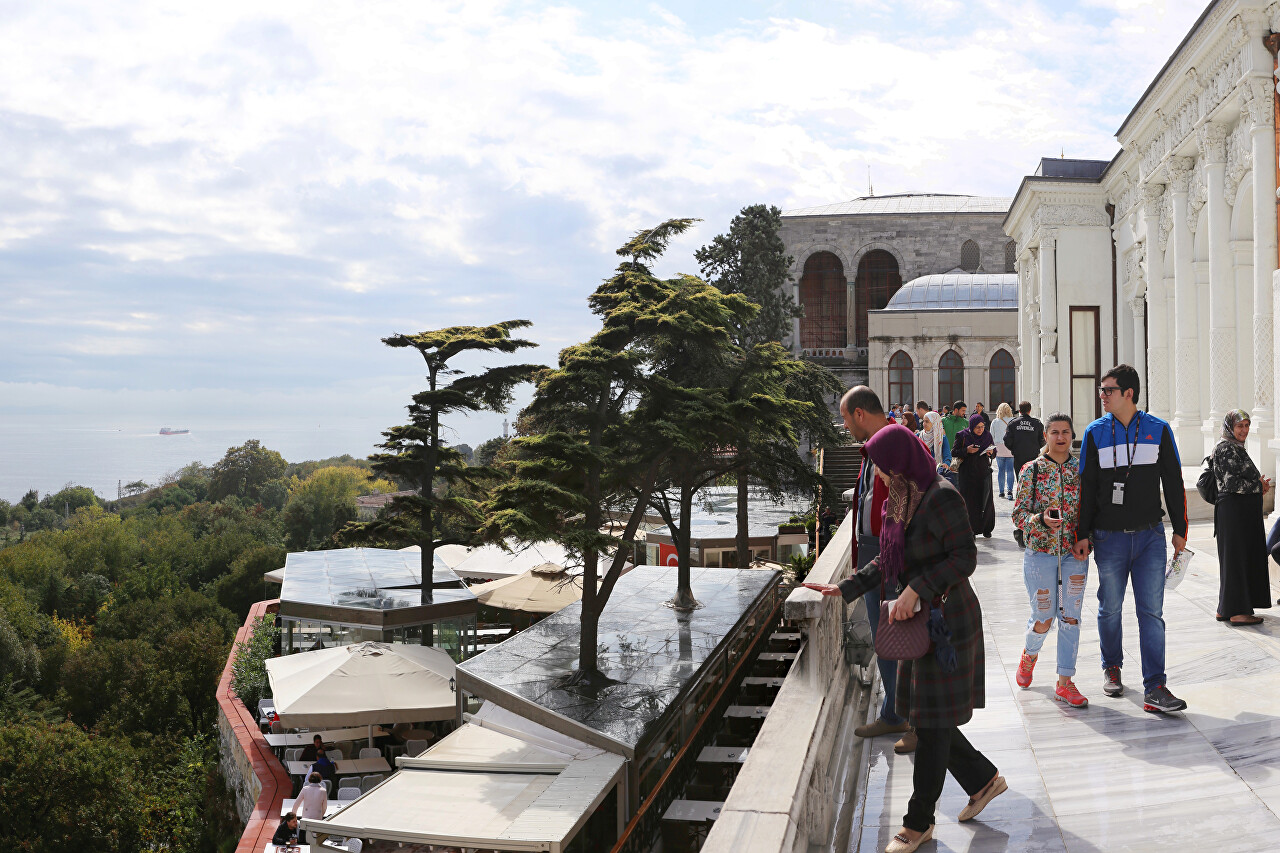Pavilion of Sultan Abdul Mecid, Topkapi
In the eastern part of the Fourth Courtyard of the Topkapi Palace, there is a beautiful white mansion that contrasts sharply with the surrounding buildings of traditional Islamic architecture. This is the last object built in the palace during the sultan era, which is why it is sometimes called the New Pavilion.
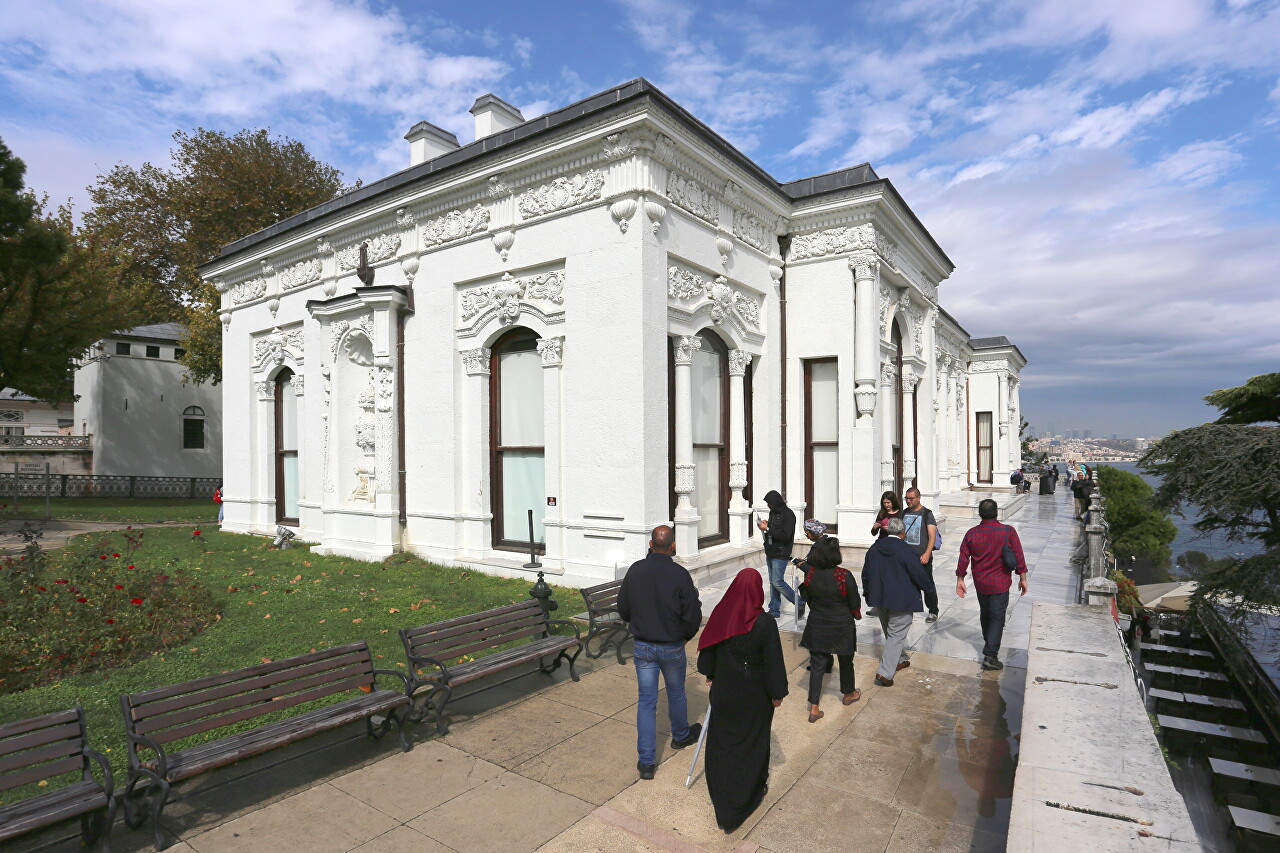
The Mecidiye Köşkü is the creation of the architect of Armenian origin Sarkis Balyan (1835-1899). For five generations in the 18th and 19th centuries, representatives of the Balyan dynasty were court architects of the Ottoman Empire. According to their designs, numerous palaces, mosques and churches were built in Constantinople. The founder of the dynasty was Bali Balyan from the village of Belen in Anatolia. He moved to Istanbul, where he found success at court as an architect. After his death in 1725, his son Magar took over the position of court architect.
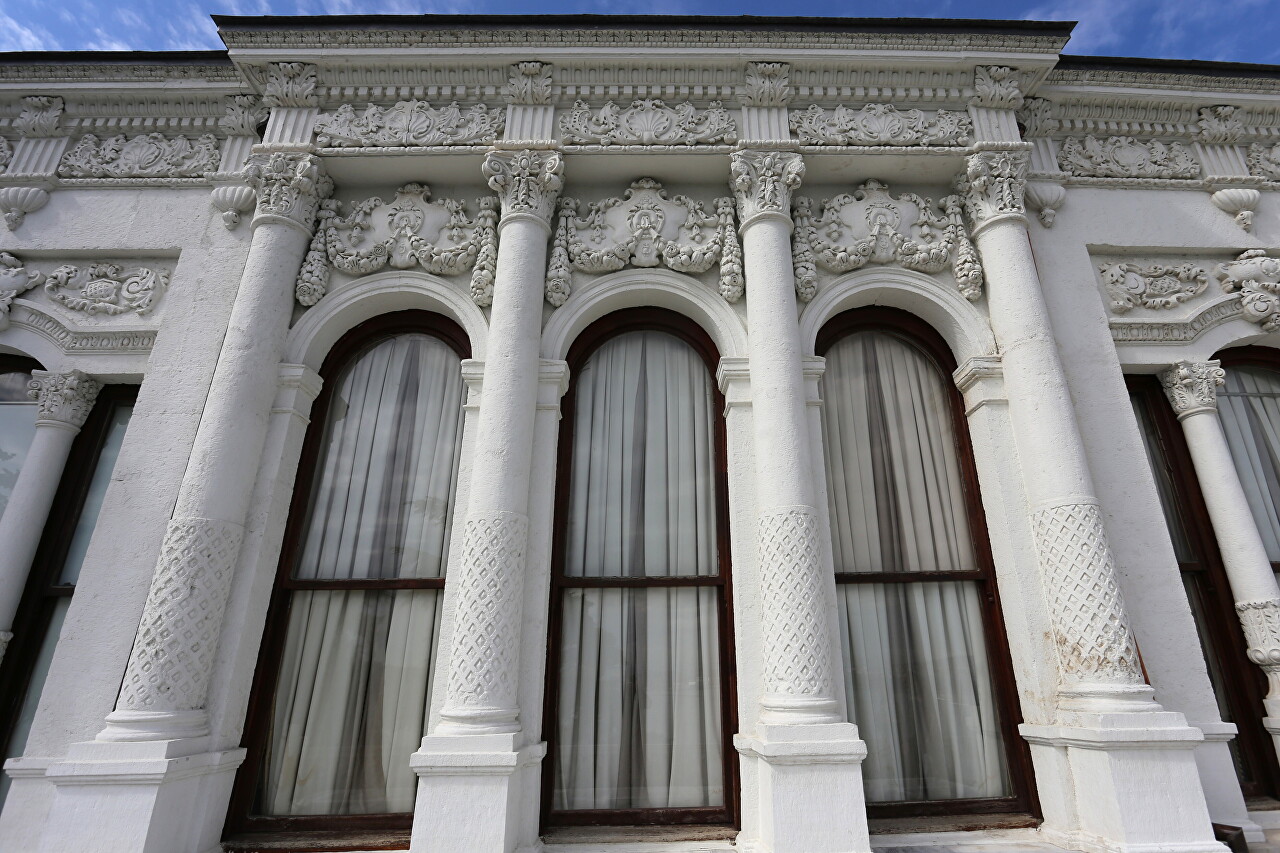
All representatives of this dynasty masterfully combined European and Ottoman architectural traditions, their creations are the best decorations of the city. Sarkis Balyan, like his brother Nikogos, belongs to the last generation of the dynasty, they were educated in Paris. Sarkis creations include the Ministry of War (now the Istanbul Technical University building) and the Galata University building. Sarkis also helped his father build the Chiragan Palace and, together with his brother, designed the Valide Mosque in Aksaray district.
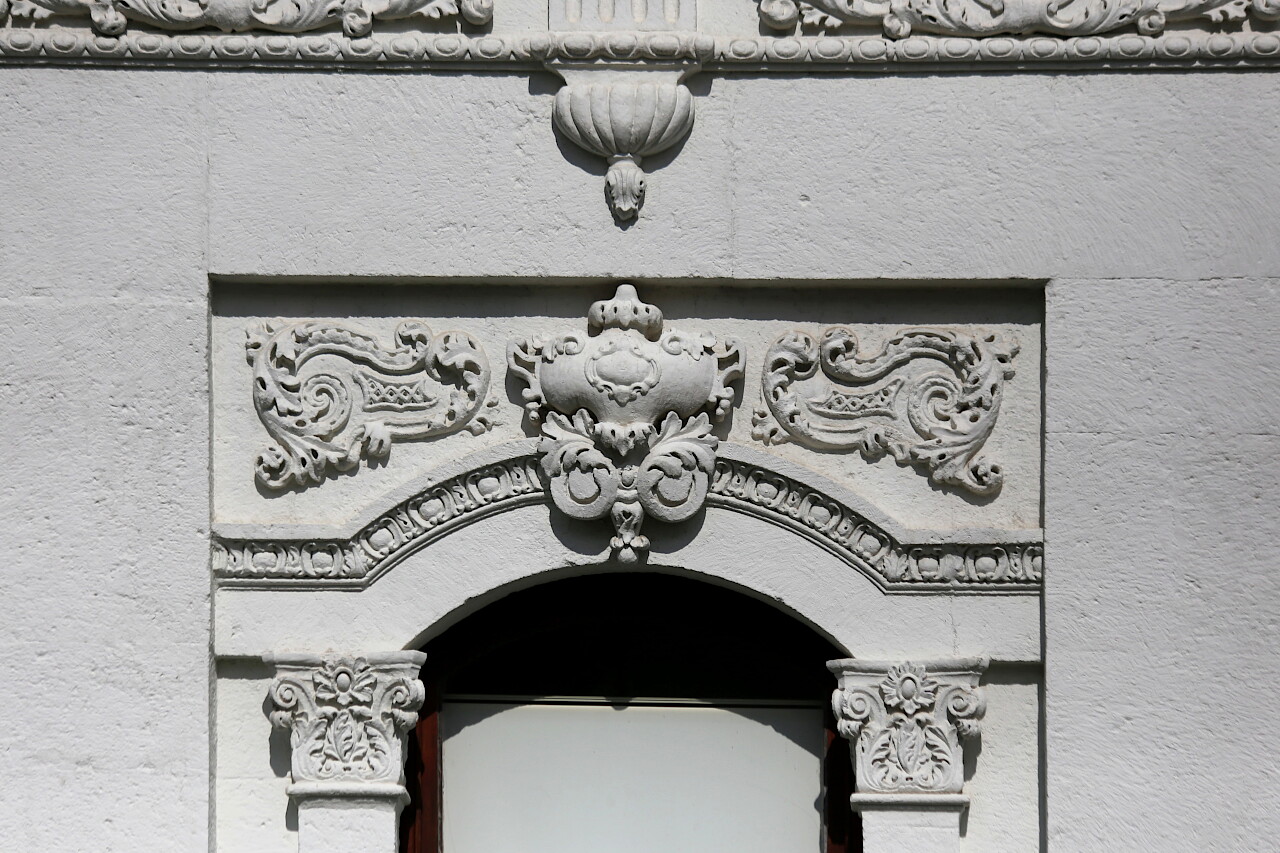
The Medjidieh Pavilion was built in 1858 during the era of Abdul-Majid I (Birinci Abdülmecit), the 31st sultan of the Ottoman Empire, who ruled in 1839-1861. This is the last sultan born in the Topkapi Palace. Earlier, several buildings of the Fatih era were located on this site, including a Tent Pavilion, which was in a ruined state by that time.
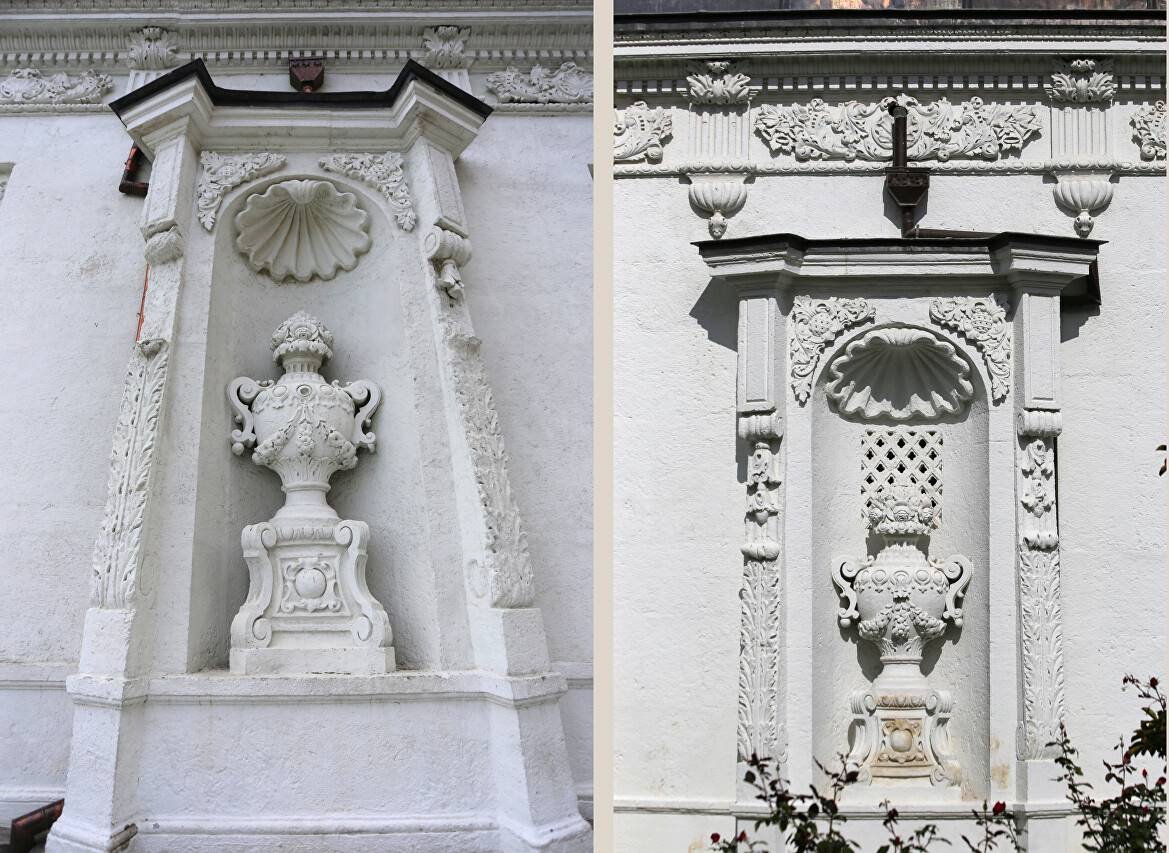
The mansion is a remarkable example of the Empire style, its walls are decorated with a large number of pompous stucco decorations. Looking at it immediately brings to mind the palace at Versailles.
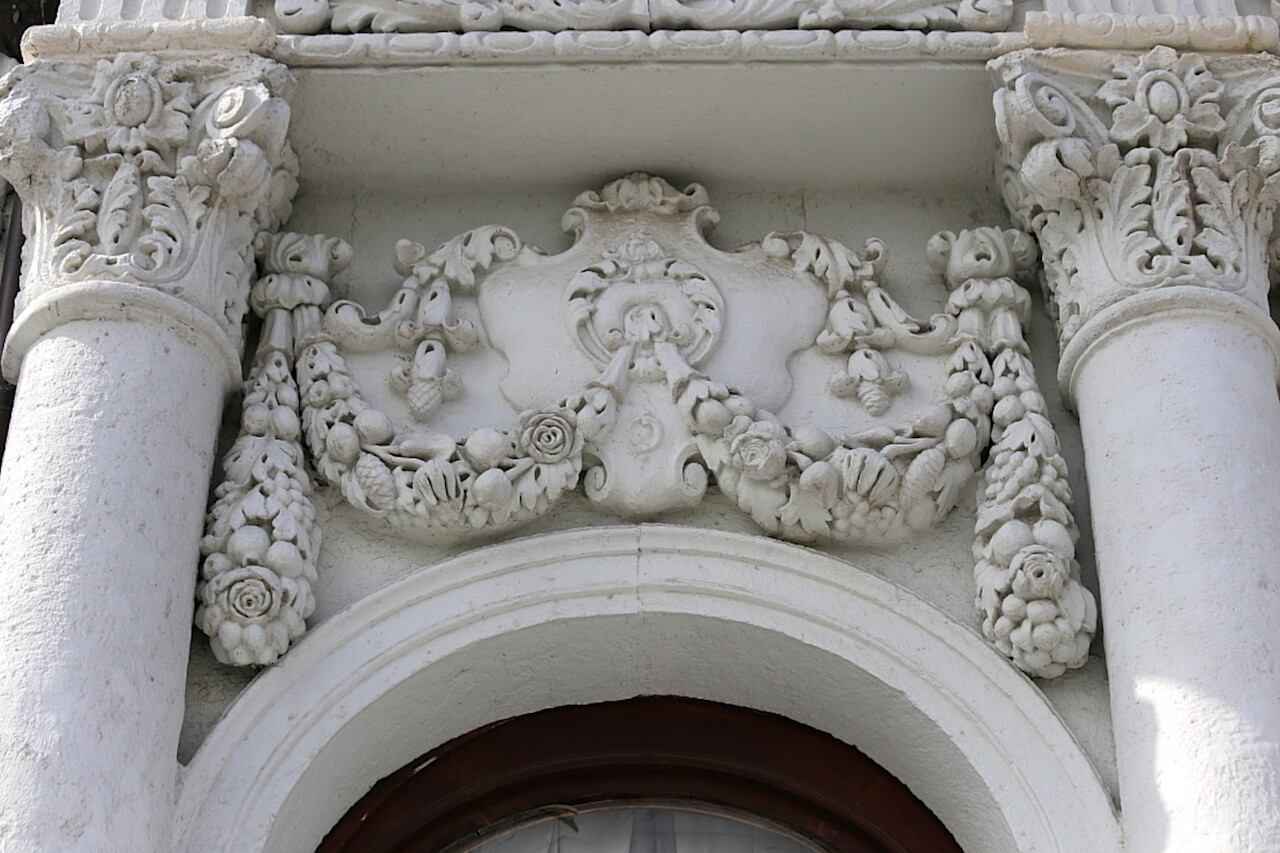
There is a large hall and two reception rooms, a guest room and a harem room. The rooms are furnished with furniture in the style of Boulle (Boulle), imported from France.
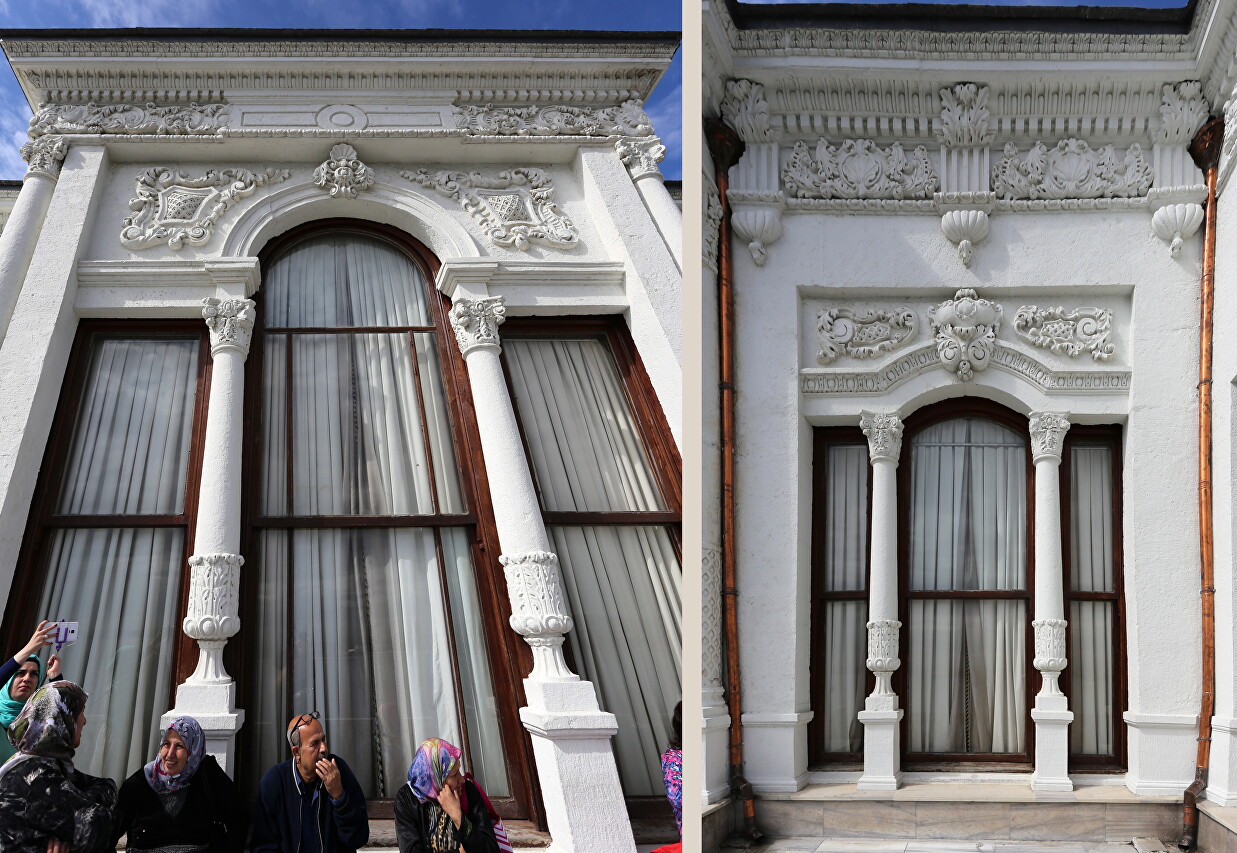
To the left of the Medjidieh pavilion is a small white building called the Cloakroom.
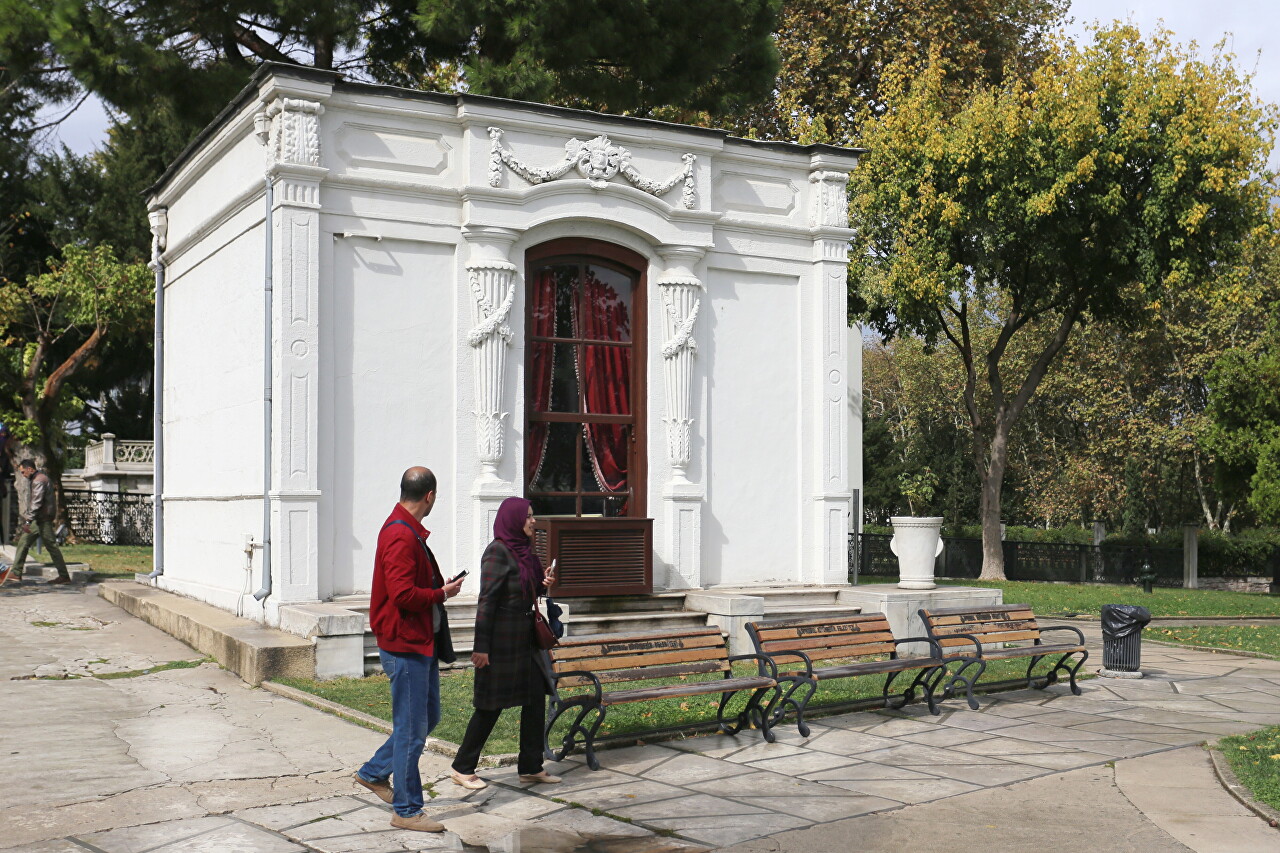
This facility was built at the same time as the pavilion to ensure the safety of the Sultan, here the clothes of visitors were searched so that they could not bring weapons to the meeting.

The mansion is located on the high retaining wall of the Byzantine-era Saraiburnu promontory and has a large marble-covered terrace.
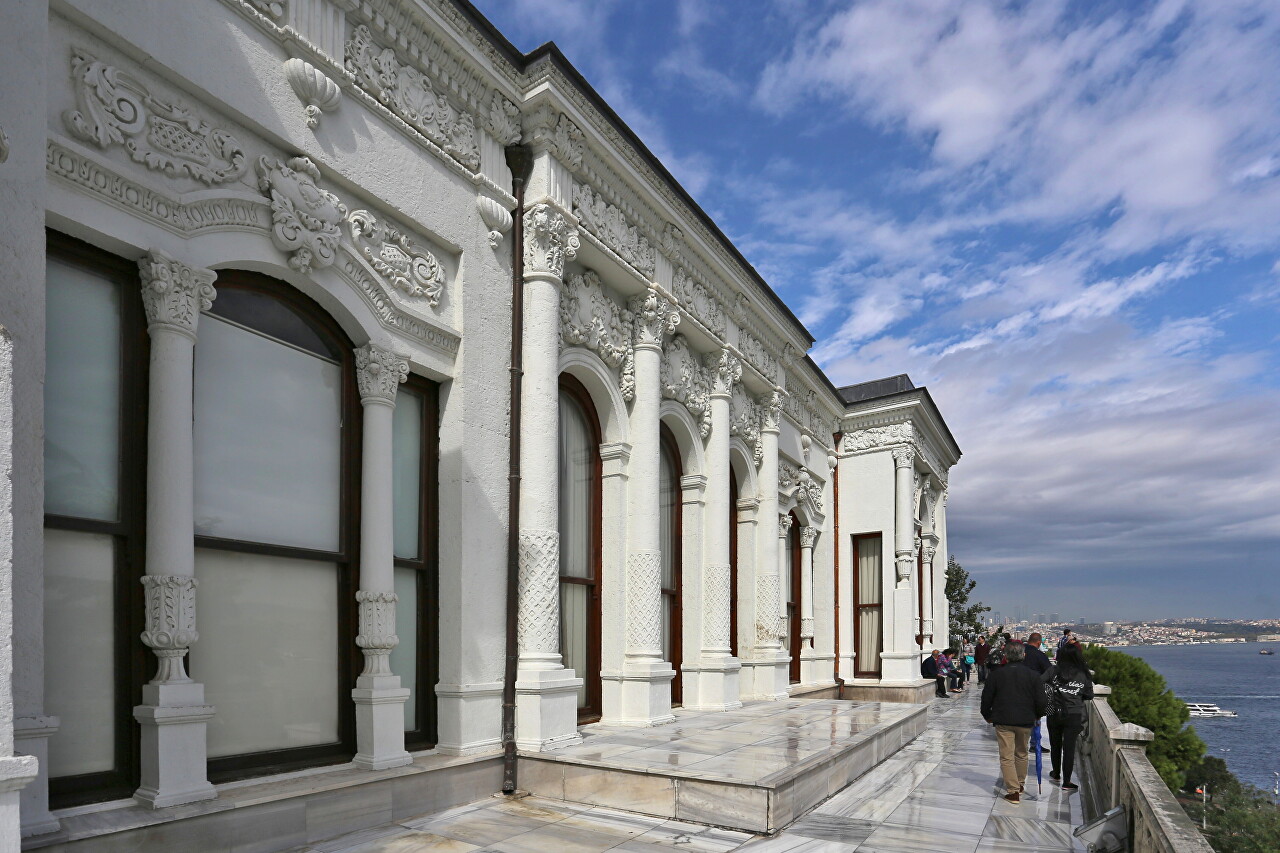
From the terrace, as well as from the windows of the mansion, you can enjoy a beautiful panorama of the Sea of Marmara, the Bosphorus Strait and the mouth of the Golden Horn Bay.

Despite all this splendor, Abdul-Majid spent only one night in the pavilion, and never visited it again. Historians suggest that he did not like the too pretentious Western European entourage.

Subsequently, the sultans used the Medjidiye mansion as a resting place when they came to the palace for religious and official ceremonies, as well as foreign diplomatic missions.
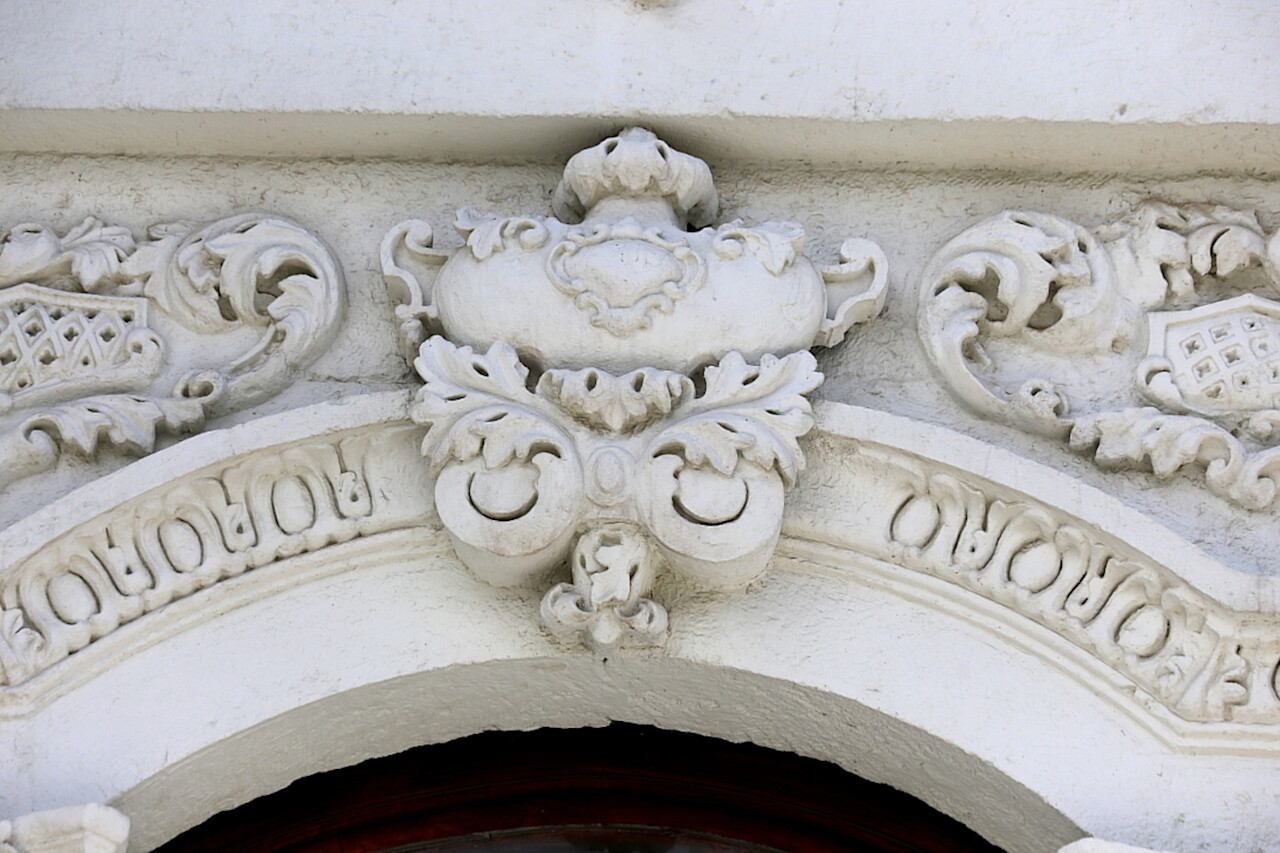
Today, the pavilion houses the Konyali restaurant, which serves both Turkish and European cuisine.
